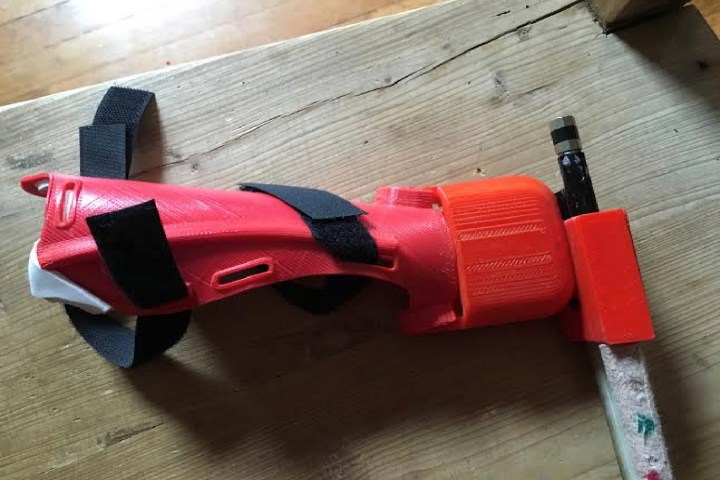
Created by a pioneering research team at CMU’s School of Computer Science, the project’s goal is to build life-changing prosthetics for people in need — and to do it more cheaply than would have been possible before.
Recently, the team used its considerable expertise to create a prosthesis allowing a would-be cello player with only one arm to play his instrument of choice. Thanks to the tool they built, the Pittsburgh-based budding musician was able to play at his grade school recital.
The cello-playing arm had a couple of major benefits over a traditional prosthesis. One is that it allowed for more fine-grain movement than had been possible using their previous, non-3D printed prosthesis. This is because 3D printing makes iterative design easier, so that designs and prototypes can be endlessly tweaked to ensure they can carry out the task at hand. (No pun intended!)
The second benefit is that it is considerably cheaper. A professionally manufactured prosthetic hand can cost in the region of $6,000 to $10,000, which puts it out of reach for many users. 3D printing, however, can make such solutions affordable — which is why CMU has been able to help upward of 1,500 people since it started its project in 2013.
The lab has not drawn the line at cello-based prosthetics, either.
“[We’ve designed] prosthetic devices for [various] specific tasks: For example, playing the cello, operating a hand-cycle, and using a table knife,” Jennifer Mankoff, a professor at the Human-Computer Interaction Institute, told Digital Trends. “By creating task-specific solutions, customized to the needs of the person and a task they care about, we believe it is possible to improve the retention of prosthetic devices. When a prosthetic does not fit the needs of its user well, it is likely to be abandoned. We believe that one way to reduce this is to make more task-specific solutions.”
As for what’s next for CMU’s project, Mankoff says the goal is to continue making the process smarter.
“We are working to develop technologies for tracking use over time so we can discover how 3D-printed prosthetic devices are used, and what opportunities exist to improve their adoption and reduce abandonment,” she said. “We are also working on new materials and new ways of printing that can increase comfort and support new types of interactive devices.”
Editors' Recommendations
- Nvidia turns simple text prompts into game-ready 3D models
- AMD is bringing 3D V-Cache back to Ryzen 7000 — but there’s a twist
- AMD’s revolutionary 3D V-Cache chip could launch very soon
- Fighting football injuries with 3D-printed, hyper-personalized pads
- AMD’s 3D-stacked Ryzen 7 5800X3D is ‘world’s fastest gaming processor’


